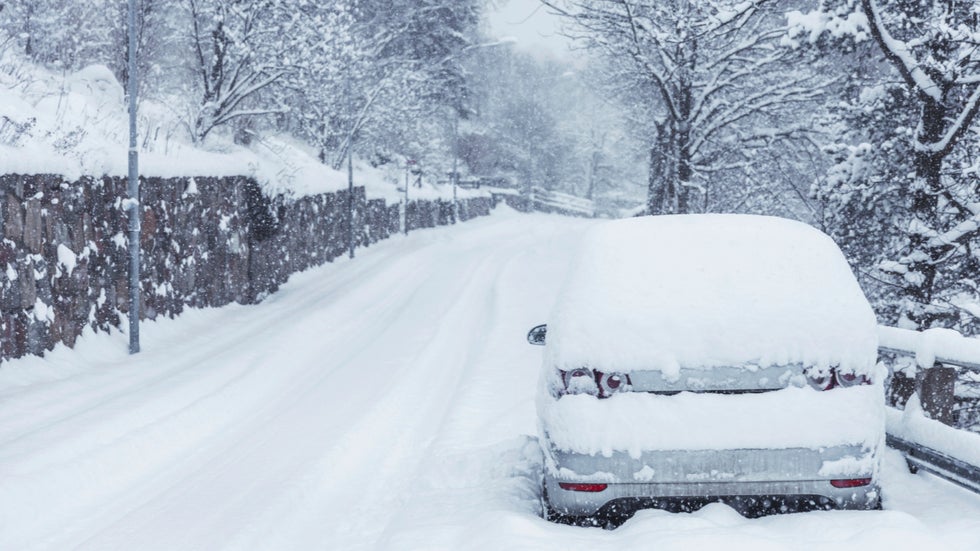How to Prepare Your Car for Winter Weather
Thu, 06/29/2017 - 03:59
Before I get into how to prepare your car for winter weather, you MUST watch this amazing commercial from Mercedes-Benz about just that: winter weather. It’s completely fantastic:
Now THAT is a good commercial. Now, time for the info:
If you’re a veteran of northern winters, you’re probably familiar with methods of keeping your pipes from freezing to avoid a burst water line. Much like your home, your car requires some attention when the colder months approach, to ensure your safety on the road and avoid a breakdown that could land you in a precarious situation.
There are several small but important steps you can take to check the various systems on your car before and during winter months. Here are a few of the most important.
Get the Proper Fluids
When the weather gets colder, the oil and coolant in your car need to be swapped out to perform in chilly weather. Make sure you’re using coolant with ethylene glycol, and follow the instructions from your antifreeze vendor to make sure it’s mixed correctly for your temperature. Also, keep your gas tank as full as possible to avoid frozen moisture in the fuel lines.
In some cases, you may need to change to lighter weight oil as well. For example, if your pickup truck typically runs 10w30 during the warmer months, but your region is extremely cold in the winter, switching to 5w30 is a safe bet. The lighter weight oil won’t thicken as easily when the vehicle isn’t running, making cold starts less challenging.
Change to Snow Tires
One of the biggest safety hazards people face in snowy regions is driving on icy roads. Even if your vehicle has four-wheel drive, you’ll still get a noticeable increase in grip by switching to snow tires. Use studded tires in extreme situations, but just make sure to swap them back when the ice clears. Always be aware of how much tread is left on your tires for safety.
Examine Your Undercarriage
It’s not just traditional wear items that you need to think about when the weather turns cold. You also have to consider hard items like suspension dampers and springs.
Taking the time to jack your car up, dive in and check the conditions of your springs and driveline components could reveal a dangerously damaged part. Cold temperatures and road salt are a corrosive combination, so don’t compromise your safety by overlooking these important components and allowing them to fail.
Prepare for the Worst
The point of these suggestions is to keep you safe and your car running, but accidents happen and you can take some steps to make sure that if you end up stranded in winter weather, you have the necessary provisions.
Begin by putting together a cold-weather kit with items like extra clothing, a heating blanket, water and snacks. Include a small shovel, ice scraper and flares to help you get noticed. Have tire chains and tools to install them, and a small bag of kitty litter or sand to add traction if you need to pull yourself out of a hole.
These are just a few suggestions, we could go on about how to keep anything precarious from happening in cold climates. It would be a long list, but if you follow these few suggestions and use your head when you drive, you’ll make strides towards a safe commute in the snow.

[{"target_id":"255510","alt":null,"title":null,"width":"980","height":"551","url":"\/sites\/default\/files\/articles-images\/c9\/gettyimages-1151982284.jpg"},{"target_id":"255511","alt":null,"title":null,"width":"1023","height":"489","url":"\/sites\/default\/files\/articles-images\/4a\/how-to-prepare-your-car-for-winter-weather.jpg"}]




